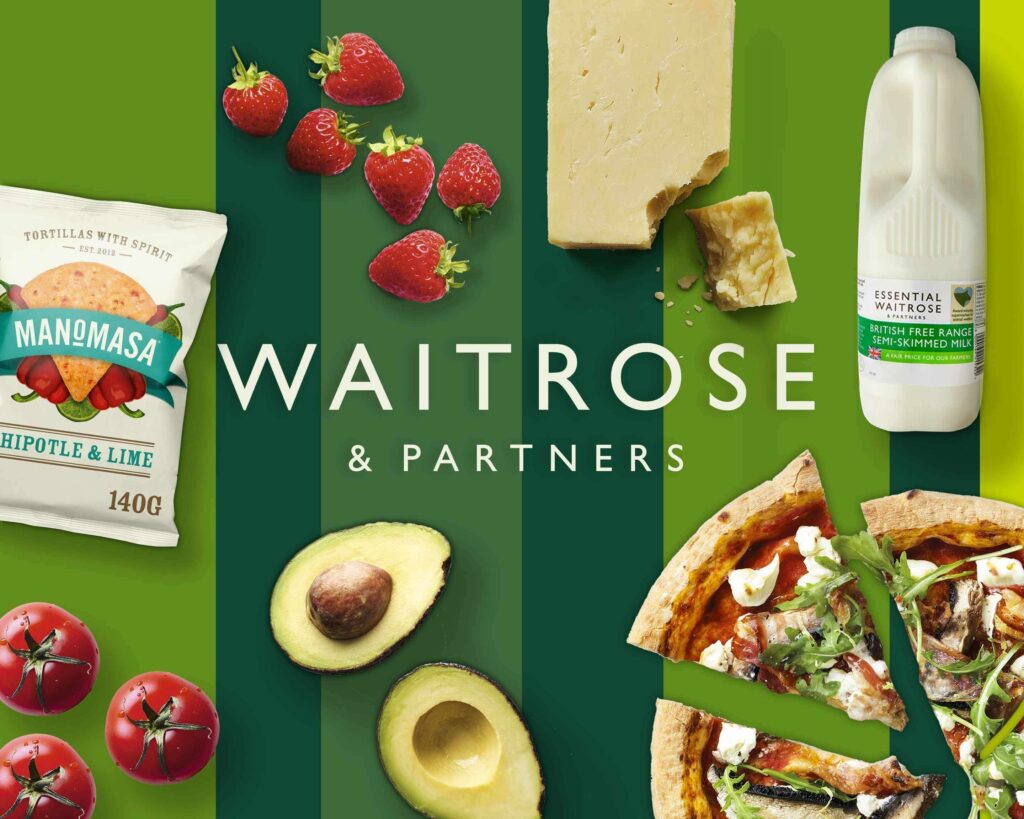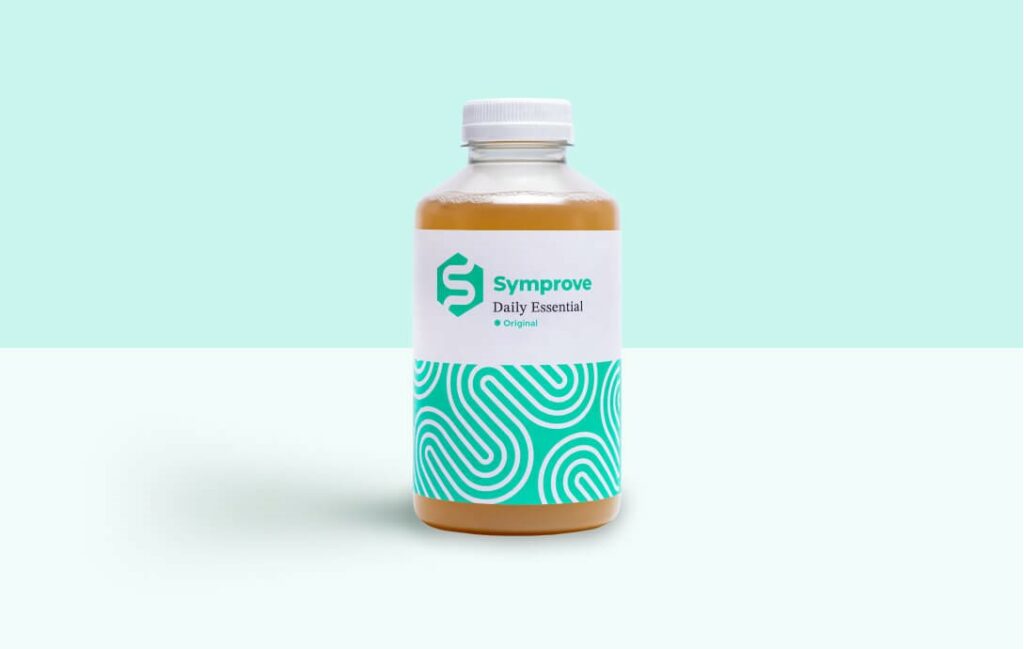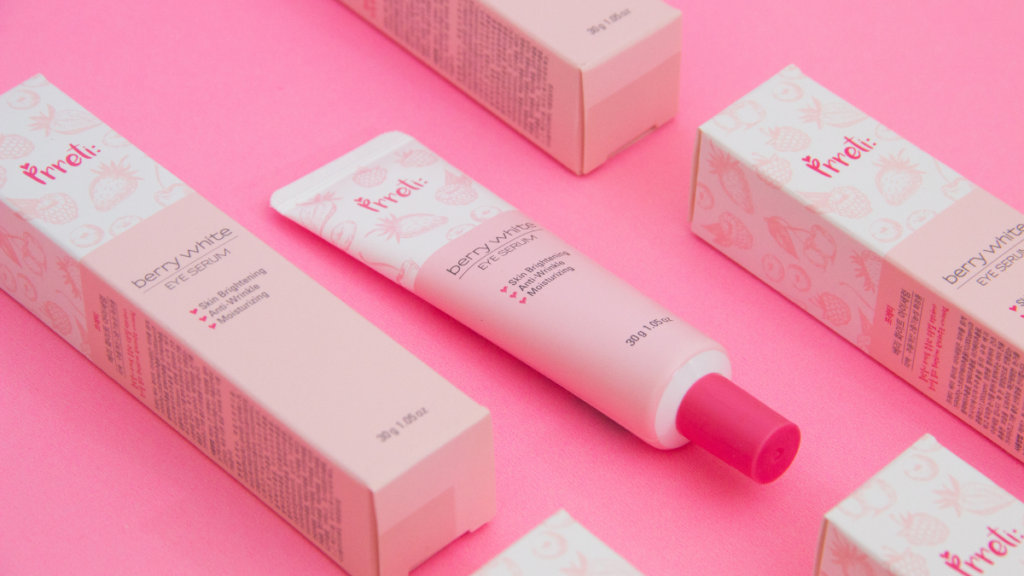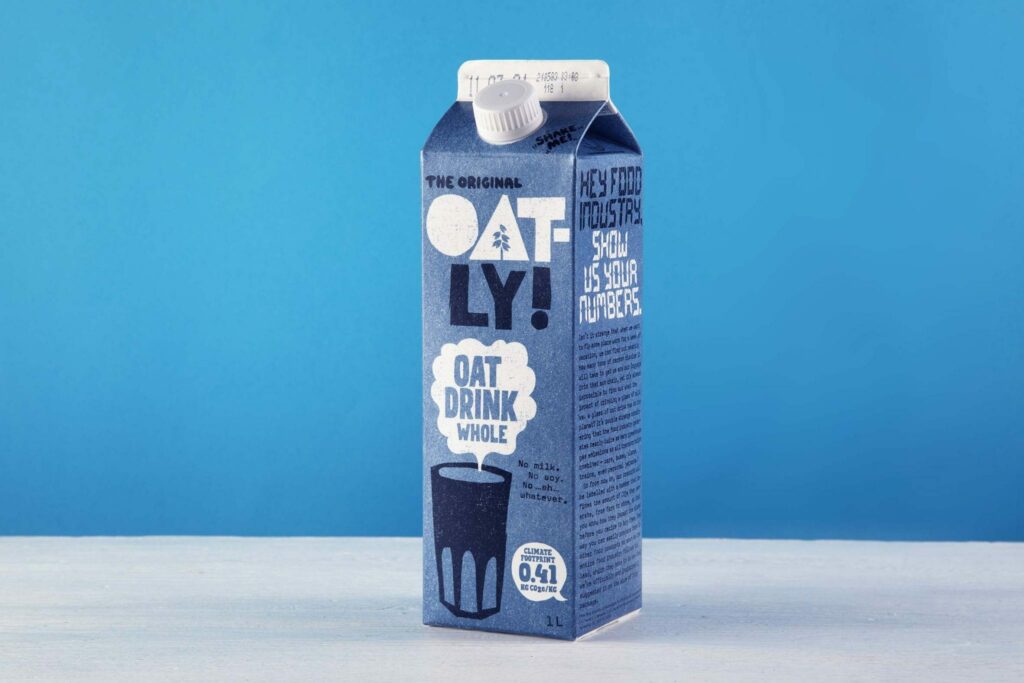Of all the brands nailing content marketing right now, arguably, Red Bull is the undisputed leader. These guys have transcended from being a single product energy drink brand into a world-renowned and globally acknowledged publisher of media, TV, print and film. From their up-to-date YouTube channel to their television broadcasting, sponsorship of some of the world’s most famous sporting events and having their own Sky Channel, magazine publications, journalism, radio channels and lastly, creating high-end documentary films. They are doing it all, and they have us gripped. But how?! And what’s the secret to their success?
Red Bull was launched in Austria back in 1987 by Austrian entrepreneur Dietrich Mateschitz after a visit to Thailand where he found the energy drink Krating Daeng. At that point, the idea of a carbonated energy drink in Europe had not been heard of nor thought about. The launch of Red Bull signified the beginning of a new product and the beginning of a whole new drinks category. Now, Red Bull has the highest market share of any energy drink product in the world and sells almost 7.9 billion cans every year worldwide (wiki).
How do I hear you say? Red Bull found their audience and customers very early on. In 1988 Red Bull sponsored their first-ever sporting event, “The Red Bull Dolomitenmann”, one of the most challenging relays on the planet. They discovered that the extreme sporting industry depended a lot on the adrenaline, energy and excitement of all people involved and that their product was perfectly suited for this type of audience, thus finding their “niche” and their ideal customers.
They then began to market the absolute sh*t out of it, making a name for themselves in the extreme sporting industry and soon becoming the thrilling epitome of youth and sporting culture that we know them as today. Red Bull got their logo out wherever they could, on TV and at extreme sporting events, and promoted their energy drink to sporting athletes who would then promote the Red Bull brand. Not long after inception, Red Bull had lift-off. They already had 100% market share because no other energy drink had been launched in Europe at that time, so they were very exclusive and therefore very desirable. Soon, they were not just seen as a drinks brand but as a culture and lifestyle brand.
Red Bull now own multiple sports teams across the world in Europe, USA and Brazil. They sponsor incredible sporting events from Formula 1 to the Snowboarding Olympics, work with hundreds of famous athletes. They have their own Red Bull sporting businesses like Red Bull Cliff Diving and, own two F1 Teams. They even have their own track racing game on PlayStation 3. It’s safe to say that they have killed it! People follow them for their content and updates on their activities, like a subscription to a streaming service. They have 10.2 million subscribers on YouTube, 14.9 million Instagram followers, 48 million likes on Facebook and 2 million followers on Twitter. Their videos on YouTube get ½ million views, with their most viewed videos standing at 155 million, 92 million and 47 million.
The secret strategy? Well, let’s start with Red Bull’s audience. They know their audience intimately and consistently put them first. Quite simply, from start to finish, Red Bull has always put their customers at the heart of their business and focused on making content that they know their customers will enjoy. It’s not just about filming, sponsoring or hosting sporting events. For Red Bull, it’s about creating moments and experiences they can share with their unique audience. They film TV content like Red Bull Rampage 2021, host events like these every year, and make them accessible to everyone and anyone.
They also film documentaries for their YouTube channel like “The Fearless Swedish Free-rider” that are interesting and enjoyable to watch by anyone.
But, their most popular content is stunt videos like the “Felix Baumgartner’s Supersonic Freefall” or their most viewed video from the free-running series “Last Call for Mr Paul”.
Red Bull constantly goes above and beyond (quite literally) and creates content that is mind-blowingly brilliant and better than most of the content produced by major publishing organisations. By putting their customers first and listening to their audiences, they have become the most talked-about brand of our generation. Where their customers go, they go, from music festivals, concerts, art shows to reporting on the latest and trending sports, skate parks to mountain biking, free-running in car parks and paint-balling – they’ve been everywhere, and they’ve done it all!
Sell an experience, not a product
.Red Bull’s marketing strategy is to sell an experience, not a product, and this is something that any business or brand can do. Creating content for your customer and putting the audience first is a strategy that can work for any company. There are many other brands out there that have started to adopt this Red Bull method and become publishers instead of just selling “products”. Volvo is one such brand. They created a documentary series on YouTube titled Human Made Stories: Defiant Pioneers, which features five episodes that look into different human stories like this one titled “Nemo Gardens”, about a man in Italy building an underwater farm.
Patagonia quickly established itself as a publisher on YouTube, uploading interviews, documentaries, short films and long films about the planet, sustainability and people. Patagonia’s Workwear series on YouTube has 15 videos and is still being updated today with new videos, these feature interviews with people who wear Patagonia’s workwear as part of their jobs.
Nike is another brand that is identified through its content. Yes, they sell shoes, but they also share experiences and promote a specific identity. Their YouTube channel also has a lot of documentary content going up onto it that is interesting to watch, like this Waves Not Cycles | Nike x Patta
More and more brands are implementing Red Bull’s strategy, becoming publishers and creating video content for use online. However, no brand has or is doing better than them. They nailed this part of their marketing very early on and have set the tone for any brand to follow and replicate. But, looking at all the brands out there that are following suit is a good sign that the Red Bull strategy works. For businesses that aren’t implementing this strategy, we suggest starting small and working your way up to it. Start with some customer testimonial videos or behind the scene footage of your business and factory, documenting the way you do things and the way your products are made. Just get your content out there to the customers that want to listen and see how they respond.
If you want to know more about audience-first content, you can read our blog >>What is Audience-First Content?
If you want to know more about audience first video content and documentary filming, you can visit our other blogs:
>> How Brands Can Use Documentary Style Video in Content Marketing.
Blurred Lines. How Branded Content is Transforming Traditional Broadcasting.







